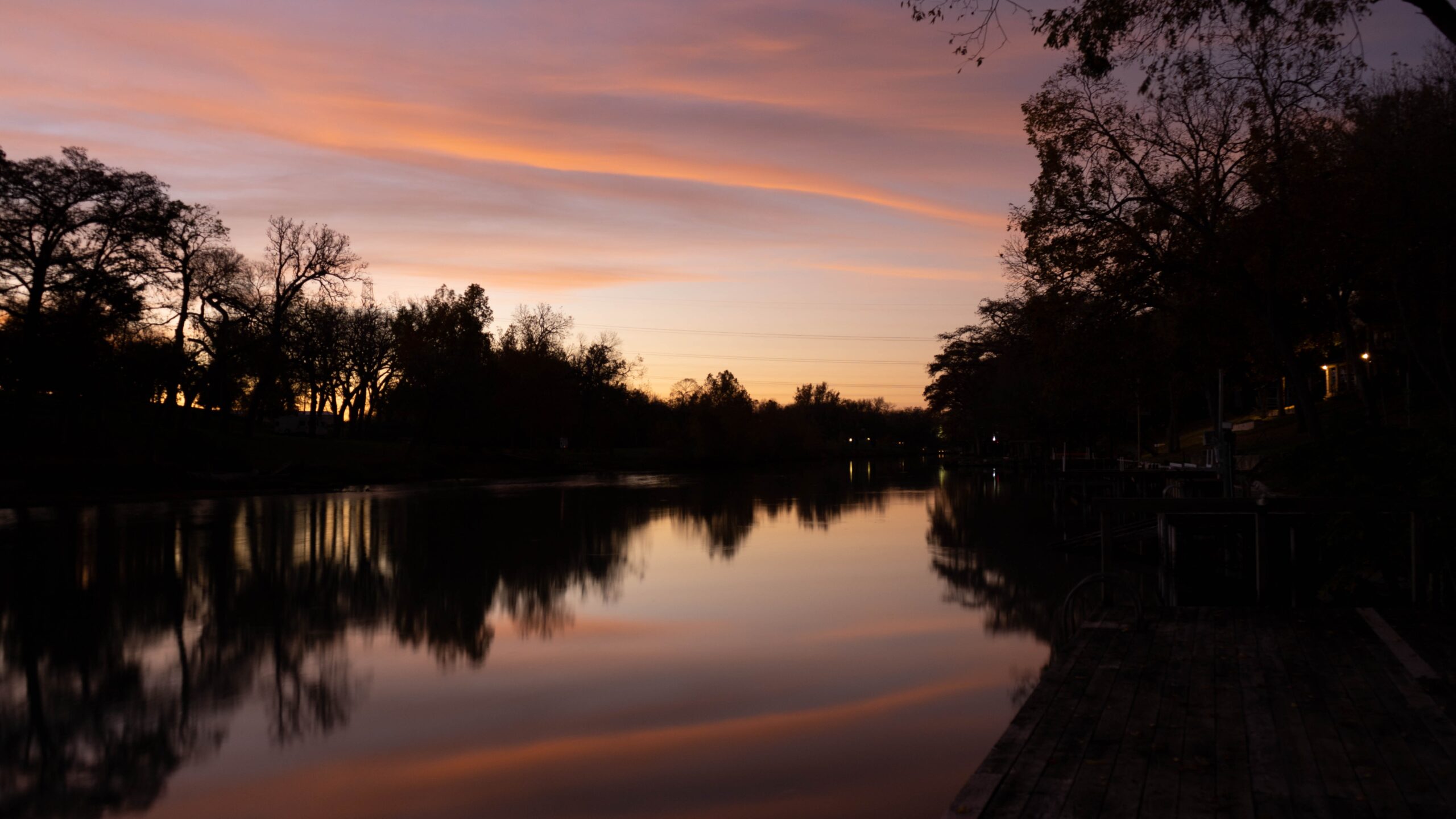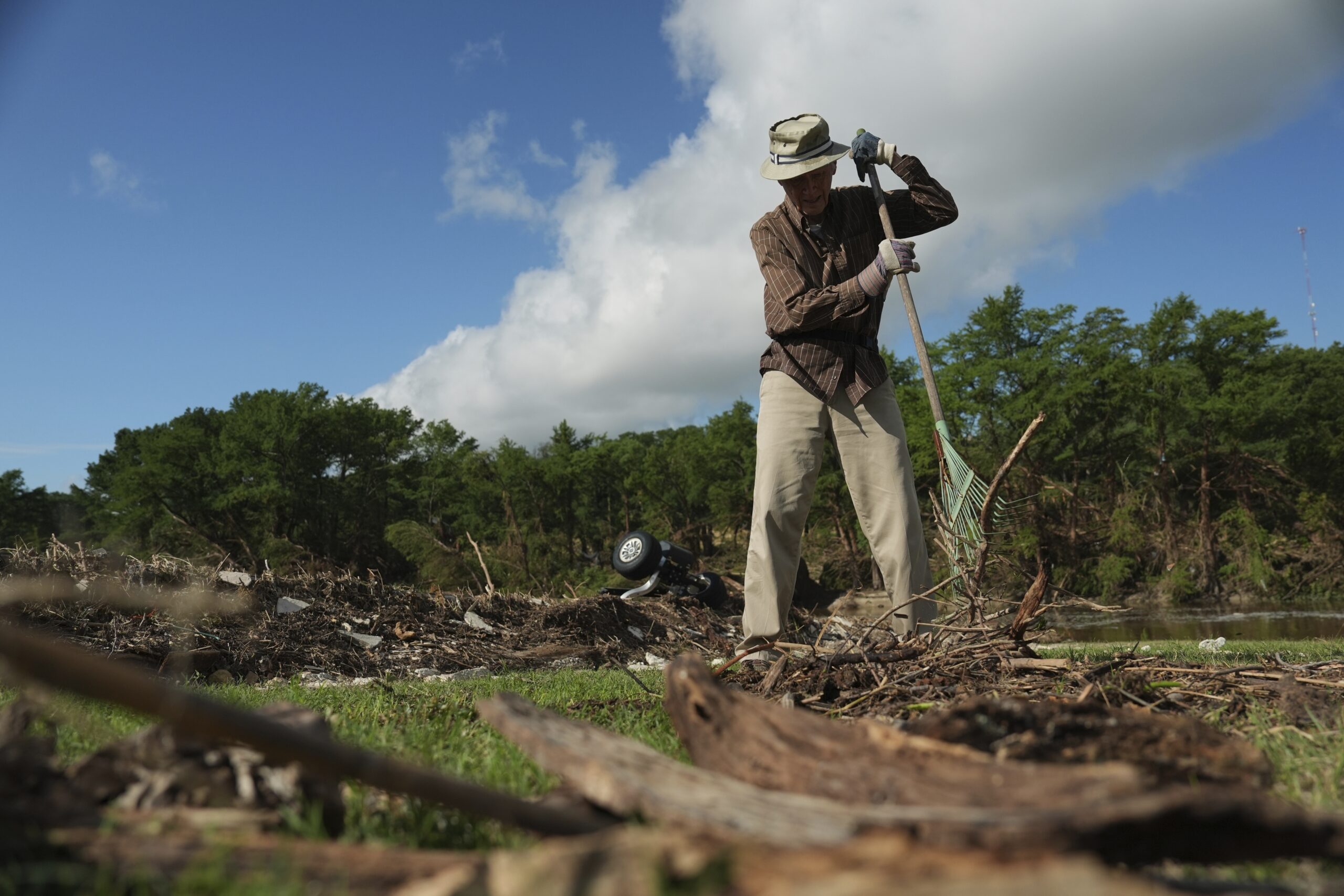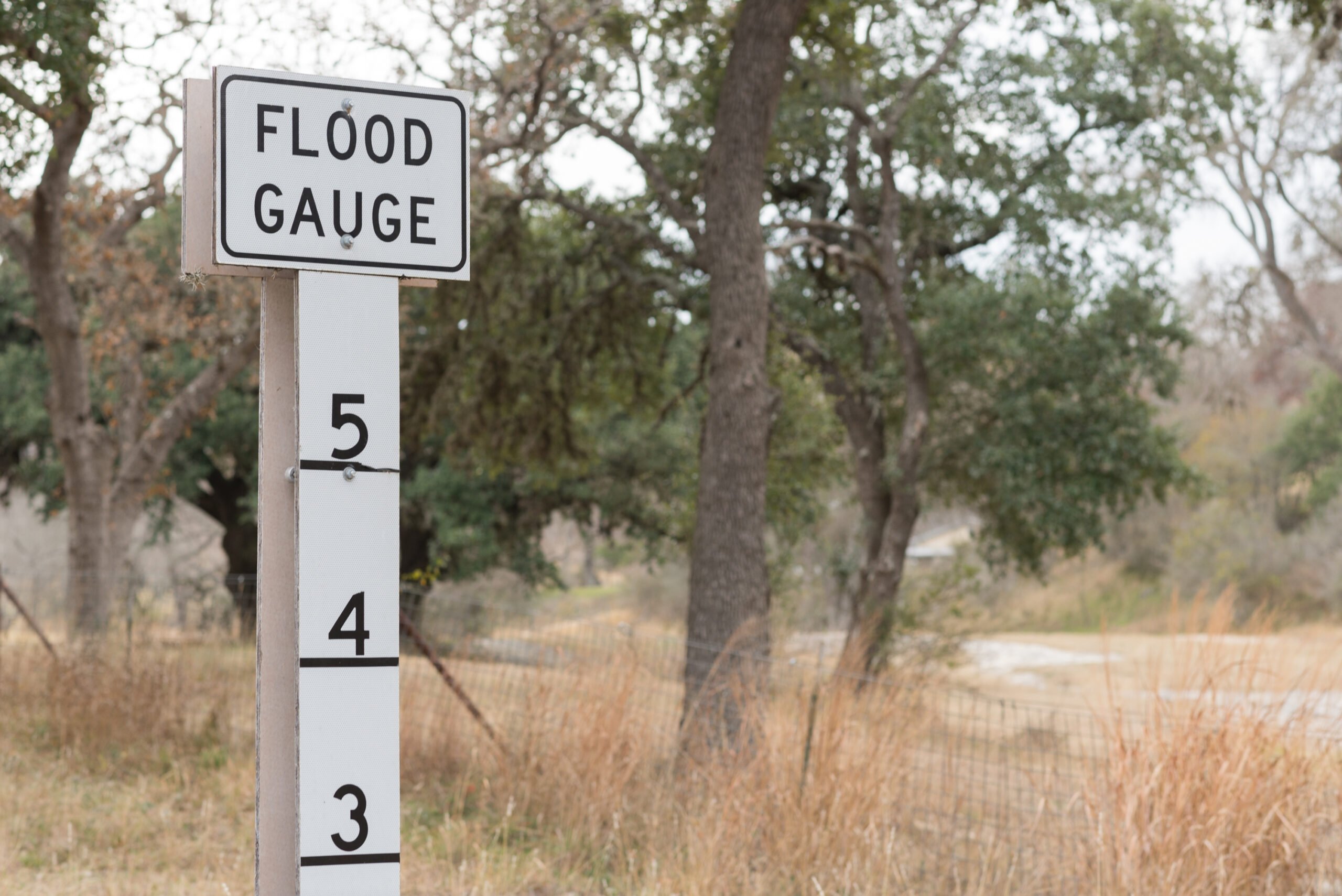ustxtxb_obs_2007_11_02_50_00012-00000_000.pdf
Page 4
ft. `!” Pointe West The projected shoreline in the year 2060 ran right through the lobby of the hotel. “I held [the superimposed map] up and said, this is why I’m voting against this. It makes no economic sense for the developer,” says Sanchez of the vote to permit the project. Marquette partner Darren Sloniger says the company has since pulled the towers out of the red zone and most of the yellow zone. The company will spend the next year looking at anti-erosion solutions, from a regional beach nourishment project to experimental technology, Sloniger says. These concessions have done little to dampen opposition. One organization is calling for the entire development to be scrapped and replaced with a beach-to-bay preserve and ecumenical Cabeza de Vaca Spiritual Center. Sloniger has an explanation for the opposition. “When you look at our project, we’re laying in between some of the most affluent and well-organized subdivisions on the island; there’s kind of a not-in-my-backyard mentality.” Jeff Sjostrom, president of the Galveston Economic Development Partnership, worries more about halting construction than the potential environmental consequences of moving forward on future developments. He talks about what a boon the expected $2.6 billion in investment will be. “To find the same level of investment, we have to go back to the building boom after the 1900 storm,” he says. Sjostrom recalls that just a few years ago he would go see investors in Houston about building new homes in Galveston. “They said, are you crazy? What are you smoking?” Susceptible to hurricanes and considered an economic laggard, no one wanted to waste time on the island. Now builders come see him. That means the city can start thinking about what to do with its growing tax baseinvest in schools, expand beach nourishment, work on conservation projects. But opponents 12 THE TEXAS OBSERVER NOVEMBER 2, 2007 threaten to spoil the good times. Sjostrom says they are “using the geohazards map to stop development.” Ironically, the more successful developers are at building high-end residences in risky environmental areas on the West End, the stronger the constituency for costly bailouts in the event of storms or erosion. The penultimate stop on Dellapenna’s tour is on the farwestern tip of the island, where Centex Corp.’s Pointe West is located. Now two years old, the 1,100-acre, $500 million master-planned resort features trendy villas, 3 miles of beaches, and a plum spot on one of the most dynamic and vulnerable spots on the islandSan Luis Pass. “[Pointe West] will be run over by a hurricane someday and totally flattened, and if that doesn’t happen, there will be a shift in shoreline movement, and some of those places will be in danger of falling into the ocean;’ says Jim Gibeaut, a research professor at Texas A&MCorpus Christi and the lead author of the geohazard map. A glimpse into this future can be seen next door at San Luis Shores, an adjacent development that was never completed and is now a popular surf-fishing spot. Under way in the ’80s, the project went belly-up before any structures were built. Today the streets the developer put in run straight into the ocean. Anderson says he thinks Centex bought a fair amount of time by setting homes back from the ocean a fair distance. He’s more perturbed that the developer built homes right up to the edge of the wetlands. As waters rise, wetlands can survive by migrating landward. However, hard structures such as the concrete bulkheads at Centex can block that movement. “Rates of bay erosion are even faster than beach erosion;’ Anderson says. “If we continue to allow development up to the edge of wetlands, then 50 years from now, those wetlands won’t be


